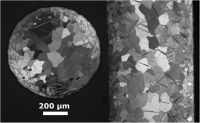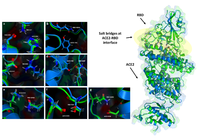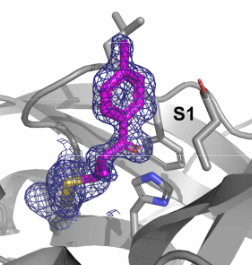Exploring key ionic interactions for magnesium degradation in simulated body fluid
| We have studied the degradation of pure magnesium wire in simulated body fluid and its subsets under physiological conditions to enable the prediction of the degradation rate based on the medium's ionic composition. To this end, micro-computed tomography and scanning electron microscopy with energy-dispersive X-ray spectroscopy were used, followed by a tree regression analysis. A non-linear relationship was found between degradation rate and the precipitation of calcium salts. The mean absolute error for predicting the degradation rate was 1.35 mm/yr. This comparatively high value indicates that ionic interactions were exceedingly complex or that an unknown parameter determining the degradation may exist. Corrosion Science Volume 182, 15 April 2021, 109272 Berit Zeller-Plumhoff, Melissa Gile, Melissa Priebe, Hanna Slominska, Benjamin Boll, BjörnWiese, TimWürger, RegineWillumeit-Römer, Robert Horst Meißner |  |

